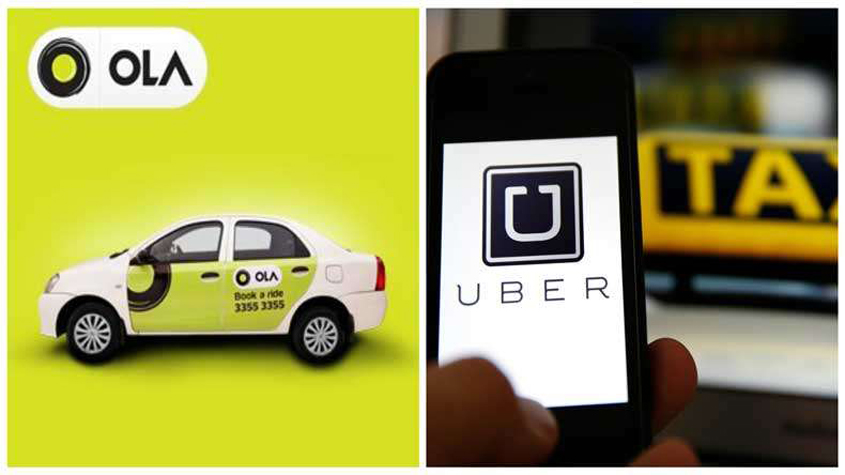The deadlock between the 1.5 lakh cab drivers and cab companies Ola and Uber is far from over. With the strike entering into its ninth day on Saturday, it is still very difficult to find a cab on the streets of Delhi, as many are off the roads by choice, while others are forced to stay off the roads by the protesting unions.
The Sarvodaya Driver Association of Delhi that has been sitting on protest at the Jantar Mantar accused the two cab companies of luring them into buying cabs in its early days by giving heavy incentives, but later withdrawing them.
Speaking to The Sunday Guardian, S.P. Soni, general secretary of the Sarvodaya Driver Association of Delhi, said, “The cab companies have failed to listen to our demands. They have withdrawn all incentives, while the commission they charge us has increased. The fares of the cabs are also very low and it is even cheaper than an auto rickshaw ride in Delhi. We need to pay our EMIs, fuel cost, maintenance and other overheads and at the end of the day, even after working for 12 hours, we are left with nothing.”
The Association is demanding that cab fares for micro and mini cabs be increased from the present Rs 6 per km to at least Rs 14 per km, while for bigger cars, they demand that the fare should be fixed at Rs 16 per km with an additional charge for operating at night. They also demand that the cab companies reduce their commission from the present rate of 25% per trip to only 10% per trip.
The strike has also left Delhi roads devoid of cabs, making it difficult for commuters to move from one place to another. After waiting for over 10 minutes, when this correspondent could get hold of an Uber cab near Patel Nagar, the driver initially declined to go to Jantar Mantar, as he feared he would be beaten up or his car broken for defying the strike orders.
The driver told this correspondent on the condition of anonymity, “I know there is this strike going on, but how many days can I sit back at home? This is my only means of income. The strike is for our good; these companies are not giving us anything. Who runs a cab these days at Rs 6 per km? It’s even cheaper than a cycle rickshaw, leave alone auto rickshaw. The companies keep changing their policy to make it difficult for us to achieve our targets. We are going through a tough time, with expenses increasing and income decreasing.”
The Sarvodaya Driver Association of Delhi also accused the cab drivers of overburdening their system with excessive cabs, thus making it difficult for the drivers to achieve their target and get their incentives. “The cab companies have taken numerous third party cabs as well as inducted their own cabs. With so many cabs on the streets, it is becoming difficult to even do seven rides a day,” S.P. Soni said.
The Association also wants the Delhi government to step in and form a regulatory body like the ones available for autos, so that the government regulates the fares for taxis as well. However, though the Delhi government has tried to intervene in the crisis, it has failed to help reach any amicable solution.Kailash Gahlot, member of the State Transport Authority of the Delhi government, who is deputed with the charge of negotiating between the stakeholders, said: “We are holding talks with all the parties. We have put forward their (drivers’) demand to the companies and we are working on how to bring an end to this crisis.”
The government is also mulling forming a regulatory body for the cab drivers and according to sources, the government, after due deliberations, could also ask cab companies to increase the fare of these app-based cab services in the capital.
However, an official from Ola cab company said that most of their cab drivers are willing to return to work, but because of the “hooliganism” on the roads by some errant drivers, many are afraid of taking out their cabs for duty.
Ola, in an official statement, said, “We are seeing more and more drivers getting back to work on the Ola platform over the last 48 hours. We are happy to be able to serve more and more customers as the supply situation has begun to improve. Seamless mobility for consumers and sustainable livelihoods for driver-entrepreneurs on the Ola platform are of utmost priority to us.”

